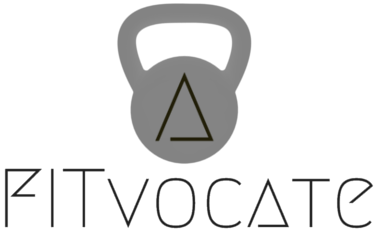The old adage of 'go big or go home' doesn’t really fly here. As seasoned lifters, we understand that going big means lifting the heaviest weight you can at all times…and this is where the novice fails. Lifting the heaviest weight at all times does not mean doing quarter squats and cat back deadlifts. The heaviest weight is the most weight you can lift or pull while still maintaining good form for the prescribed reps and sets. So, with that being said, here is our guide to choosing the right weight.
Choosing the right weight is a dynamic process.
Introduction To The Process
First of all, for every exercise that requires a resistance load (all movements aside from bodyweight movements) a base level must be established in order for you to “test the waters” and this is done every time you come into the gym. Most people consider this their warm-up; it allows you to judge how you’re feeling that day. If you’re feeling good, you’re obviously going to go heavier than if you’re feeling fatigued/drained.
Second, the key to choosing the right weight is understanding that this is a dynamic process. This means that the weight that you choose at the beginning of an exercise may not be the same weight at the end of the exercise. This number is not set in stone. You don’t choose a weight for the bench press and “lock it in”; if you’re doing 5 x 5 and the last rep on set 3 wasn’t clean - of course you could rest longer, but remember what we said in how long to rest. If you want to keep the intensity up (Yes you do) then you’re going to have to lower the weight, to successfully (and properly) complete the reps. Now, this doesn’t have to be by much: 5 or 10 lbs at a time, but in this process it allows you to keep the intensity up which allows you to have an overall better workout.
The Calculated Approach
This second method may be the more conventional method, and for this you’ll probably need some sort of log book.
Of course we’re referring to the percentages of your one rep max (ORM).
THIS CAN BE DONE FOR NEARLY ANY EXERCISE ASIDE FROM BODY WEIGHT MOVEMENTS.
Now, this can be done for nearly any exercise aside from body weight movements, and what you do is dedicate a week (one day per muscle group) to figuring out your one rep max per movement. On each muscle group’s respective day, you start with the big three (Chest: Bench Press, Back: Deadlift, Legs: Squat). You pick a weight, and perform the movement for one rep. Keep increasing the weight until you either fail to lift, or know that you can’t go any heavier. DON’T BE AFRAID TO PUSH YOURSELF!!!
Once you’ve established this number for all of your applicable exercises, the magic can begin!
Be sure to check monthly for improvements with your ORM.
A good rule of thumb is the higher the rep count (6 and up) the lower percentage of your ORM, and the lower your rep count (5 and down) the higher percentage of your ORM.
Let’s set up an example:
Established ORM for Bench Press – 315 lbs
(All Values Are Rounded UP to “GYM Units”)
1 Rep 100% - 315 lbs
2 Reps 95% - 300 lbs
3 Reps 92% - 290 lbs
4 Reps 90% - 285 lbs
5 Reps 88% - 280 lbs
6 Reps 85% - 270 lbs
7 Reps 75% - 240 lbs
8 Reps 72% - 230 lbs
9 Reps 70% - 225 lbs
10+ Reps 65% - 205 lbs
Now, these percentages are completely up to you. Adjust everything to suite your needs. You’re not competing with anyone, and it’s really hard to impress anyone at a gym. Also, be sure to check monthly for improvements with your ORM. So, that’s it. This may seem complicated, but really you should consider it fun – this is just another way for you to understand yourself and the beautiful machine you are. So, on that note… Be safe, and have fun!

